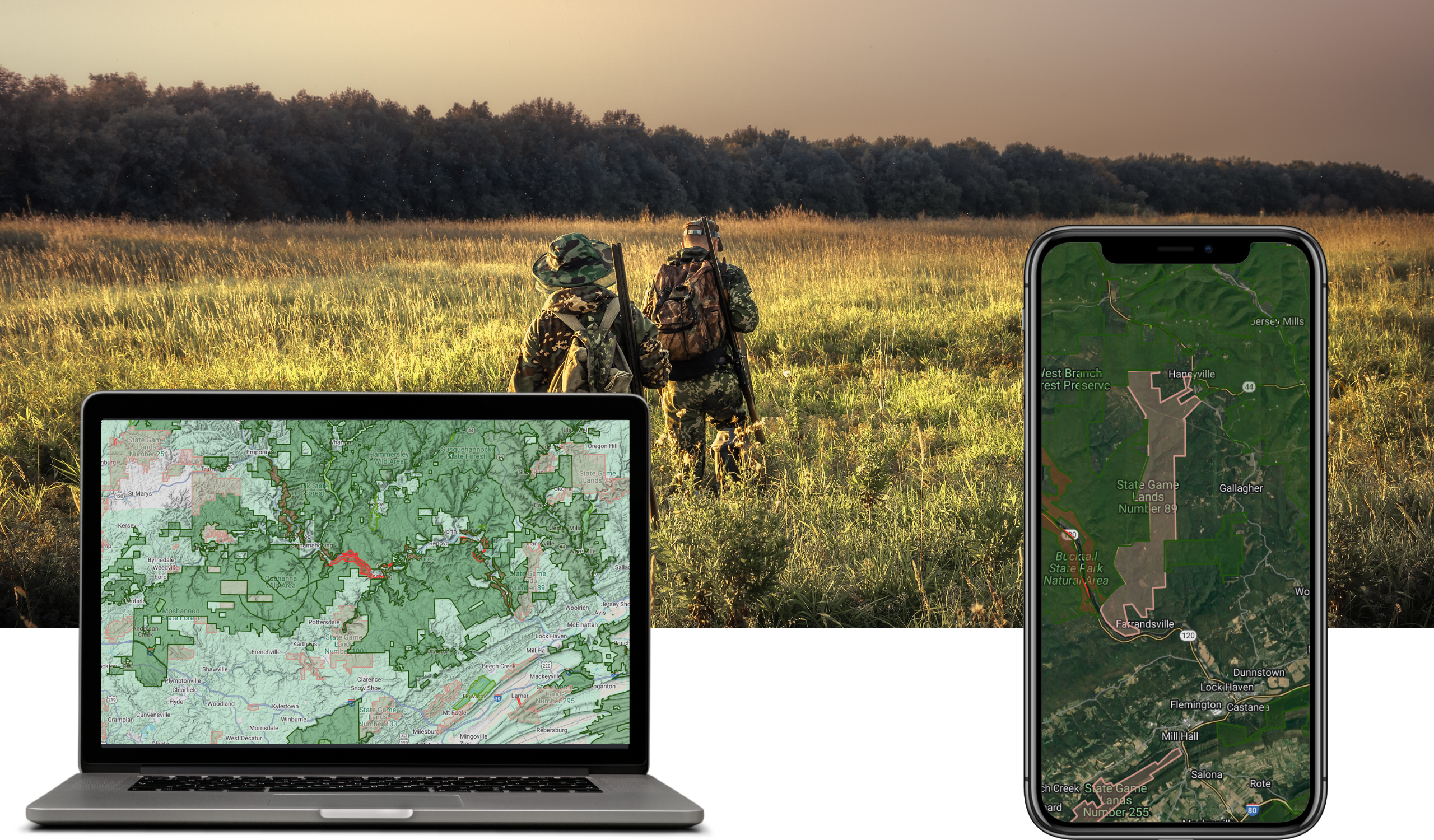Montana Bears on the Move as They Enter Hyperphagia, Expert Explains
MISSOULA, Mont. —
As autumn paints the forests in shades of gamboge and amber, many of us are venturing outdoors to enjoy the season. While bears may not perceive reds and oranges as vividly, their capacity to consume food in the fall is nothing short of impressive—think hot dog eating champion Joey Chestnut, but on a whole different level.
To delve deeper into the behavior of bears during hyperphagia, NBC Montana spoke with Wes Larson, host of the “Tooth and Claw” podcast.
“When we eat a meal, our stomach signals that we’ve had enough,” Larson explained. “But in the fall, a bear suppresses that feeling.” During hyperphagia, bears ramp up their intake from a few thousand calories a day to an astonishing 20,000 calories daily.
As the fall season approaches, hormonal changes in grizzlies suppress leptin, the hormone that signals fullness. This suppression, along with other hormonal shifts, enables bears to feast on whatever food sources they can find. This period often coincides with the time when about 20% of Montanans head into the woods to hunt.
Larson noted, “Hunters, who are often trying to be as quiet as possible, are the most likely to surprise a bear.” This situation can lead to dangerous encounters.
He recounted a recent incident in British Columbia involving two elk hunters who unexpectedly came across a grizzly bear. The encounter turned disastrous, resulting in one hunter accidentally shooting his partner while trying to fend off the bear. Such incidents are not uncommon.
The risk of surprising a bear, leaving behind a gut pile, and using firearms as a deterrent has created challenges for hunters in bear territory. There’s a theory that the sound of a gunshot may actually attract bears, either out of curiosity or as a signal of a fresh food source.
Given the dangers of missing or wounding a bear—or even accidentally harming oneself or a hunting partner—“Tooth and Claw” advocates for the use of bear spray over firearms.
“We strongly recommend bear spray,” Larson stated. “It’s easy to use and creates a significant barrier between you and the bear.”
He emphasizes that bears are not inherently aggressive; they are simply reacting according to their natural instincts.
For thousands of years, bears have followed the cycle of hyperphagia and hibernation. Once they have consumed enough food, their intestines form what is known as a fecal plug, which prevents them from defecating during their winter denning period.
Wes Larson humorously mentioned that his younger brother, Jeff, often brings levity to the more serious topics discussed on “Tooth and Claw.” “His unique way of thinking and comedic timing adds a fun dynamic to the show,” Wes noted.
For those looking to explore Montana’s woods this fall, it’s important to remember that the state is home to the largest population of grizzly bears in the contiguous United States, with an estimated 1,600 to 2,000 bears. As they search for food, keep your campsite clean—store attractants like food and toothpaste at least 100 yards away, carry bear spray at all times, and consider playing the “Tooth and Claw” podcast to let bears know you’re aware of their presence.
You can find “Tooth and Claw” available on all major podcast platforms.
Source: https://nbcmontana.com/news/local/montana-bears-on-the-move-as-they-enter-hyperphagia-expert-explains
